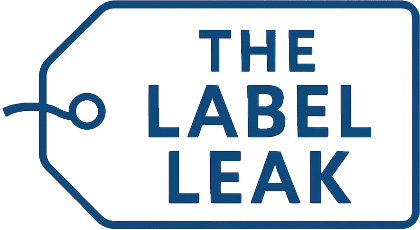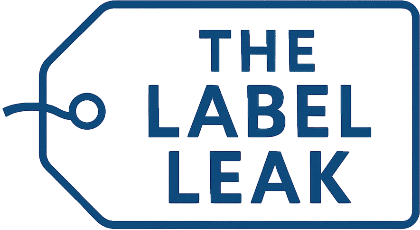Estimates: Burden of Foodborne Illness in the United States | Food Safety | CDC
March 19, 2025
- Foodborne illness estimates can serve as a foundation for future public health action.
- CDC estimated the average number of U.S. foodborne illnesses, hospitalizations, and deaths in 2019 caused by seven major pathogens.
- Six of these pathogens caused 9.9 million domestically acquired foodborne illnesses.
- Illnesses caused by all seven pathogens resulted in 53,300 hospitalizations and 931 deaths.
Why do we estimate?
Knowing how many foodborne illnesses occur – or the burden of disease – provides us with a better understanding of an important public health problem.
Surveillance systems and surveys provide vital information about the burden of foodborne illness in the United States, but they do not capture every illness.
Because only a fraction of illnesses is diagnosed and reported, we need periodic assessments of the total burden of illness to set public health goals, allocate resources, and measure the economic impact of disease.
We use the best data available and make reasonable adjustments – based on surveys, study results, and statistical methods – to account for shortcomings and missing pieces of information.
What did we estimate?
CDC estimated the average number of U.S. foodborne illnesses, hospitalizations, and deaths in 2019 caused by seven major pathogens: Campylobacter spp., Clostridium perfringens, invasive Listeria monocytogenes, norovirus, nontyphoidal Salmonella, Shiga toxin-producing Escherichia coli (STEC), and Toxoplasma gondii. These are some of our findings.
Main findings
Illnesses
9.9 million
The major pathogens, excluding Toxoplasma gondii, caused an estimated 9.9 million domestically acquired foodborne illnesses.
Top 5 contributors
Other findings
- Norovirus was the leading cause of domestically acquired foodborne illnesses (5.5 million) and hospitalizations from these illnesses (22,400).
- Salmonella was the leading cause of domestically acquired foodborne illnesses resulting in death (238).
- The top five Salmonella serotypes causing foodborne illnesses were Enteritidis (23% of Salmonella infections), Newport (14%), Typhimurium (11%), I 4,[5],12:i- (7%), and Javiana (7%). These five Salmonella serotypes, in order from highest to lowest, also caused the most hospitalizations.
- Non-O157 serogroups caused 76% of STEC illnesses compared with 24% caused by O157 serotypes.
- Invasive Listeria caused 1,050 non-pregnancy-associated illnesses and 198 pregnancy-associated illnesses.
At a glance
Estimated annual number of foodborne illnesses, hospitalizations, and deaths caused by seven major pathogens, United States, circa 2019
Estimated annual number of illnesses, hospitalizations, and deaths caused by seven major pathogens, United States, circa 2019
Pathogen
Illnesses
Hospitalizations
Deaths
*Excluding Toxoplasma: Laboratory-confirmed illness data are not available because Toxoplasma illness is not nationally notifiable.
March 19, 2025
Content Source:
National Center for Emerging and Zoonotic Infectious Diseases (NCEZID)


